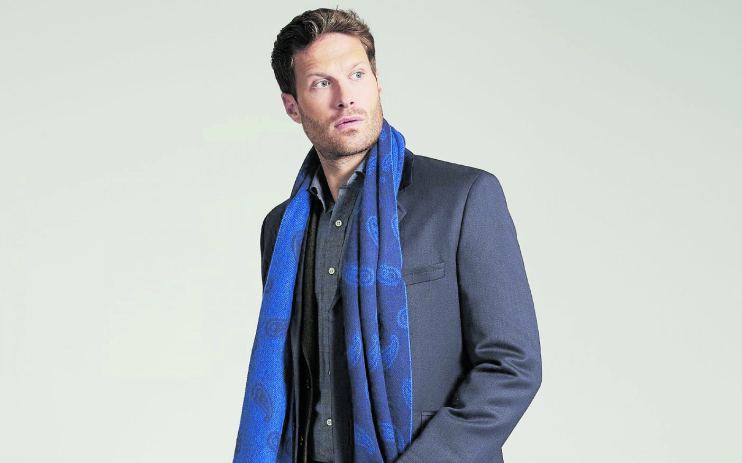As winter approaches, an ode to the overcoat

Although at the start of October we were having an Indian summer, a glance outside the window proves a bitter reminder that we are marching into the cold season.
The days of striding out without anything but a raincoat are dwindling fast, and the wardrobe must be flung open, the moths beaten back.
It will be no surprise that I am rather particular about overcoats. There is a trend towards the short these days, which I don’t like, and the peacoat—a doughty garment of impeccable naval ancestry—is staging an incursion into formalwear. All of this, I suppose, is better than the strange combination of gloves and looped scarf, or, as one friend calls it, the “poor man’s overcoat”.
It is a cliché, but true in this case, that cheapness does not equate to value for money. You wear an overcoat a lot, and it will save you from undignified cold and pelting rain, so do yourself a favour and get a good one. At least to the knee, and with a proper collar and lapels: the funnel neck becomes no-one.
Last year, I was on the quest for a new coat. My faithful navy cashmere was, like its owner, starting to look a little tired. I knew what I wanted in a replacement: navy again, but a covert coat, short-ish with a velvet collar (the name belies its riding origins). Cordings of Piccadilly offer a fine example, as do Harvie and Hudson.
There was, however, a niggle at the back of my mind. An acquaintance at university had possessed a rather fine-looking green Austrian loden coat, made of the distinctive waterproof boiled wool. These are designed to keep the hunter warm as he crawls through the Alpine forests and glades with his rifle, and they are perhaps slightly more casual than a well-cut overcoat, but there was something about the swing of it, its cape-like quality with the inverted pleat descending from the yoke, that caught my eye.
I dismissed it because I am neither Austrian nor a hunter—little more than clays have felt the wrath of my guns—but the conclusion was inevitable: a idle moment browsing eBay, a rush of blood to the head, and there it was, my very own charcoal grey loden coat.
Reader, I am not only a convert but an evangelist. I confess that the grey is a slight failure of nerve short of the traditional dark green, but it has everything I had wanted—warmth, capaciousness, a dramatic sweep—and yet rather than informality it has versatility, a quirky complement to a suit but fitting perfectly with a sweater and cords.
There are many variations if you are tempted to try. Cordings, again, a reliable destination for traditional outerwear, has a fine example, as does country specialist House of Bruar. Cocoon, an Oxfordshire-based manufacturer, sells a good one. For international readers, Robert W. Stolz has an outstanding selection.
I would never suggest that a loden coat should be the only foul-weather topcoat in your wardrobe (unless you actually are Mitteleuropean aristocracy). There will be times when you want a more tailored, sombre overcoat, or a something perhaps cheerier: a fawn-coloured British Warm, or something in tweed. One might even forgive a duffel coat on someone of particularly distinguished naval service, or, for true eccentrics, an Inverness cape. But embracing your inner Habsburg can prove a delight and an unexpected liberation if you sometimes find sartorial norms stifling.
Think about it, and remember: if you’ve ever felt a winter in central Europe, they must know how to make a good coat.